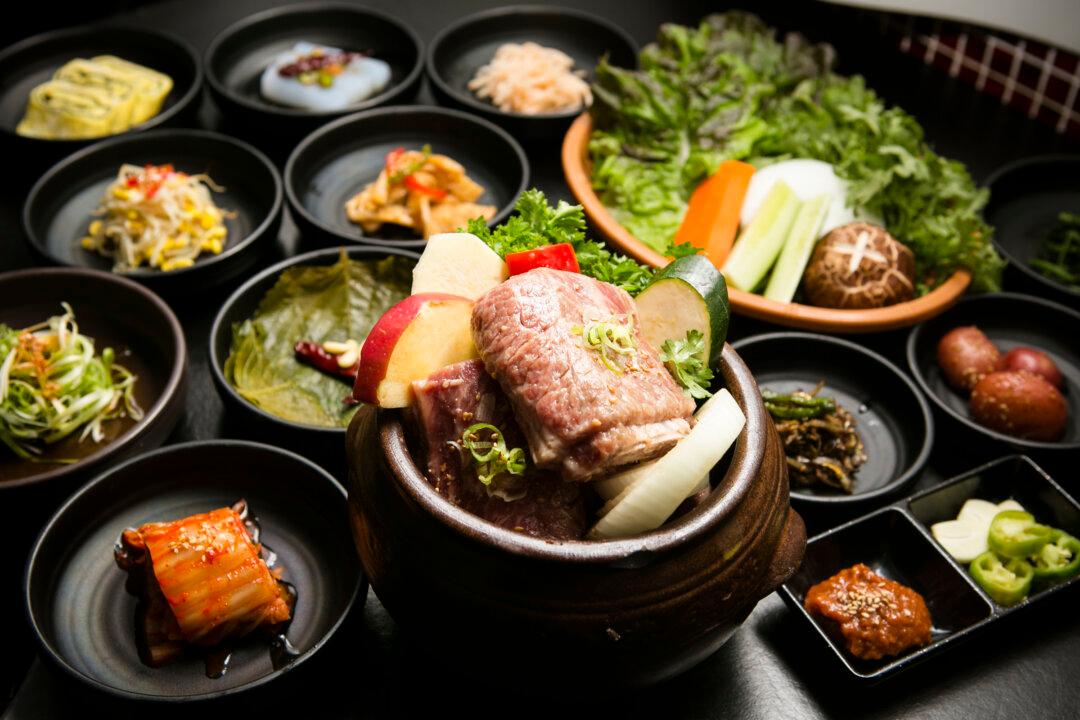It takes a good restaurant for New Yorkers to want to stand in line—especially in Koreatown, which overflows with restaurants and eateries. MissKOREA is exceptional on that count; diners are happy to line up, especially on the weekends.
It’s a testament to how it distinguishes itself. For one, in a landscape where service is matter-of-fact at best, here it is friendly and efficient (note the wireless headsets waitstaff wear for communication). The design, with a nod to nature as inspiration, makes for a pleasant, inviting retreat from the bustle of Midtown Manhattan.





